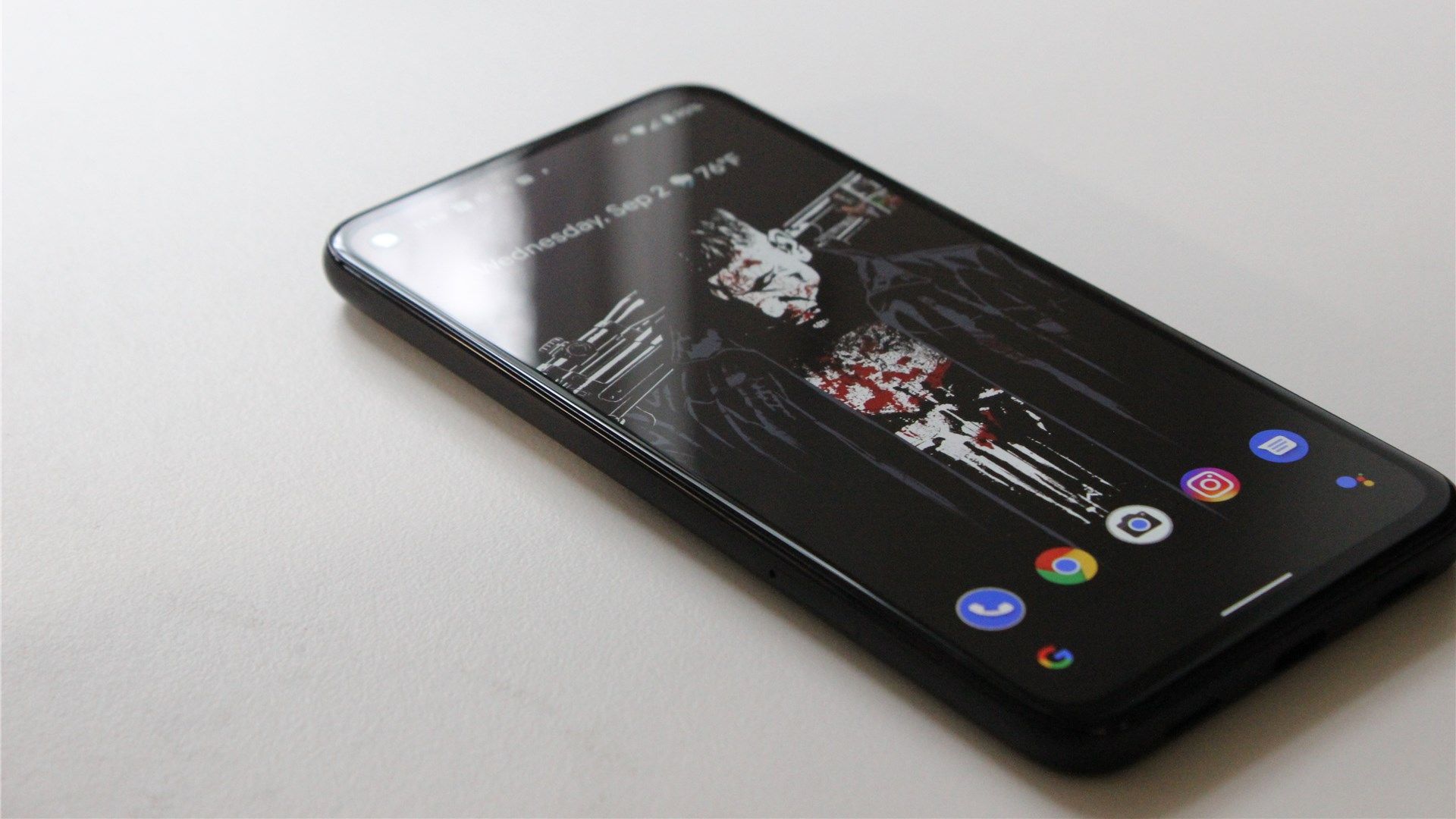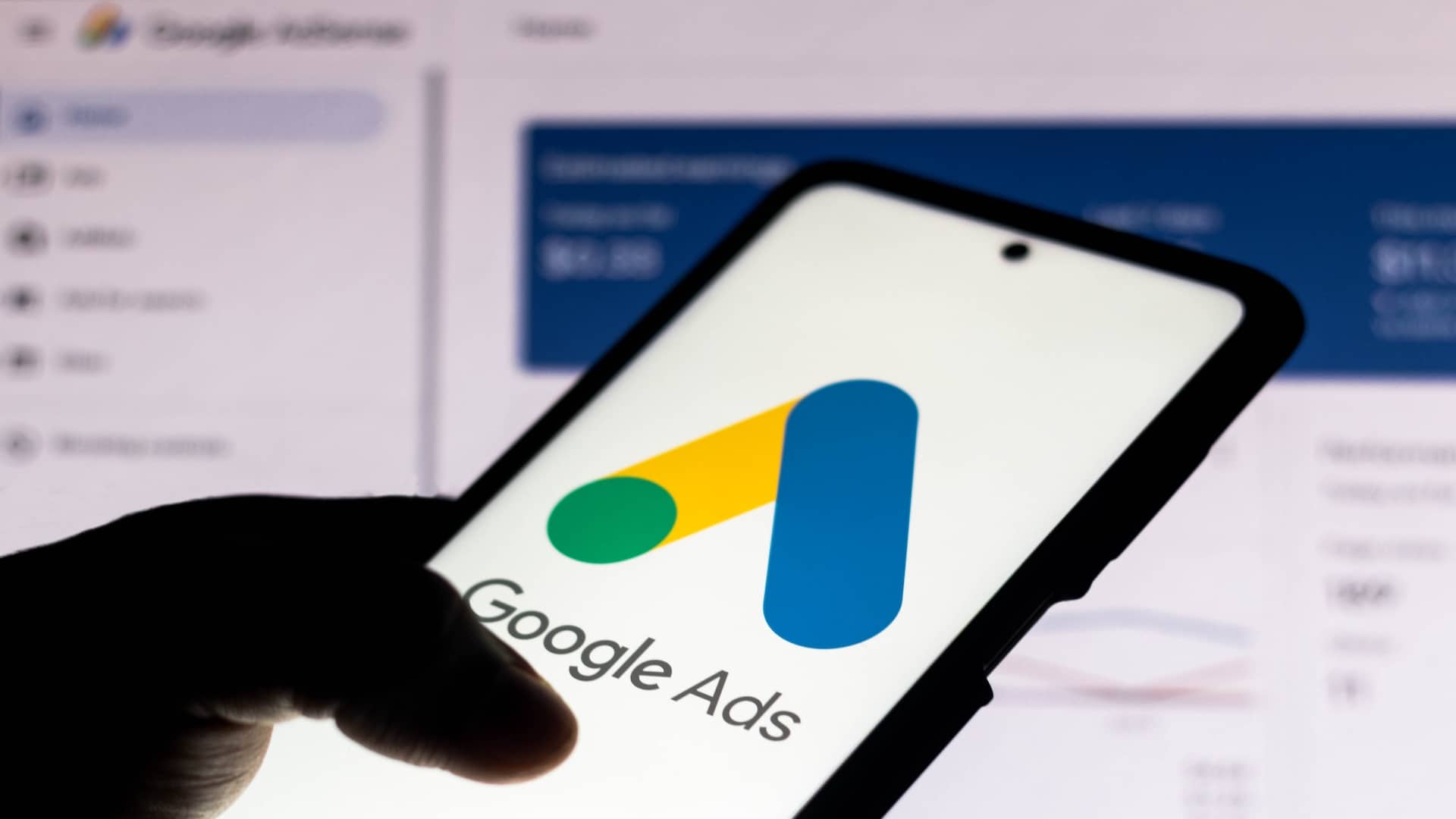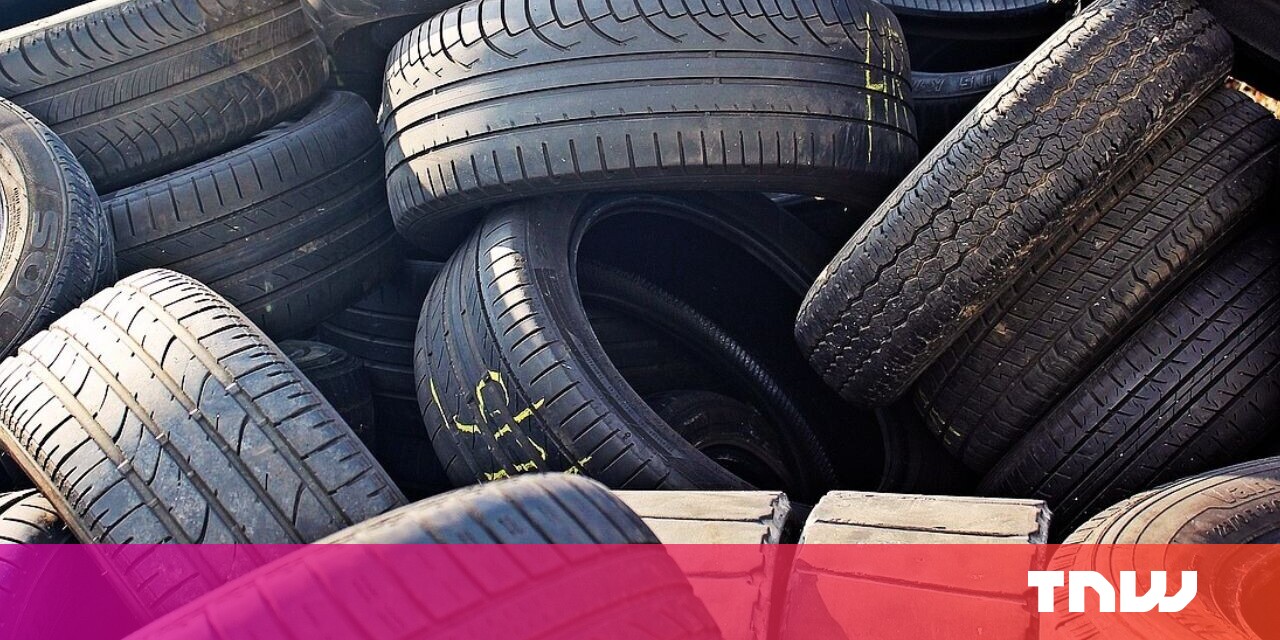#Why You Shouldn’t Spend More Than $500 on Your Next Phone – Review Geek

Table of Contents
“#Why You Shouldn’t Spend More Than $500 on Your Next Phone – Review Geek”

Flagship phones are great. They push innovation forward with (mostly) thoughtful improvements. But we’re at a point where even budget and midrange smartphones are generally impressive now, mostly thanks to trickle-down technology from their flagship brethren. The affordable phones of today are the flagships of yesterday.
High-end phones are how we end up with features that drive the industry forward. Things like Apple/Google Pay, fingerprint sensors, or computational photography that can make even subpar photos look incredible. These tools started out on the flagship phones of their day, but are now pretty much prolific on the majority of phones—even in the budget price range.
Of course, but sometimes you pay extra for “innovation” that you don’t actually need—like the Soli radar chip in the Pixel 4 and 4 XL, for example. Sure, it’s innovative and forward-thinking, but that doesn’t immediately make it useful. Almost every Pixel 4 owner I know disabled Motion Sense (the features that use the radar chip) almost immediately, and haven’t turned them back on. It’s a novelty.
But innovation works through experimentation. That’s why I’m still glad Google put the radar in a phone and tested the waters. If the rumors are true, the Pixel 5 won’t have this. Maybe because it was realized that it’s a novelty, and there wasn’t a lot more that could be done with it. Maybe it’s to get the price down. Who knows. Either way, it’s proof that trying new things is a gamble.

But I digress. The things that become mainstays and eventually make their way into more affordable smartphones become the foundations that we all rely on. And when you can get that sort of reliability from a phone that costs half that of a flagship, why pay more?
Affordable Phones Have Everything You Need…
“Need” is a funny word when talking about smartphones, especially when thinking about it in the most basic sense. By its very definition, “need” means to “require because it’s essential.” So, we’re only going to talk about things that most would consider essential in a smartphone.
What defines “essential” in a smartphone, anyway? Let’s think about a few key ingredients:
- A great display. This is the first thing you see, and the very thing you’ll look at the most when you see your phone. It has to have a good display. This is non-negotiable.
- A form of biometric security. Gone are the days of needing to type passwords or PINs to log into your phone or other apps. A fingerprint sensor or other form of biometric login is a must.
- A good camera. They say the best camera is the one you have on you, and your smartphone pretty much fits that bill all the time. A good camera is now expected on all phones at every price point.
- Usable performance. This means different things to different people, but at a minimum, you shouldn’t want to throw your phone across a room because it’s taking too long to load your favorite app.
- Reliable and timely updates. An outdated phone is an insecure phone, period.
Let’s look at the iPhone SE and Pixel 4a for excellent examples. These are incredible phones for the respective operating systems.
The iPhone SE uses a slightly older design—a tried-and-true form factor that Apple uses for years. It skips newer (and more expensive) features, like Face ID, for the sometimes-preferred Touch ID fingerprint sensor in the home button. That was innovative during its time, and now it’s a tested feature that has made its way to the most affordable iPhone ever.

But it ticks all of the boxes above. It has a good display (even if it is on the smaller size respective of today’s popular phones), the aforementioned inclusion of touch ID, a very good camera, the fastest smartphone processor on the market today, and regular updates from Apple. Boom—all the needs, covered.
The same can be said for the Pixel 4a. Google took the most useful features from the Pixel lineup and baked them into a $350 smartphone. It has an excellent OLED display, Pixel Imprint (the fingerprint sensor), arguably the best camera on the market thanks to Google’s magic sauce, snappy performance, and monthly security updates from Google. All that in a $350 package. What else do you need?

…And Even Some of What You Want
Just because a phone falls within a certain budget or is considered “midrange” doesn’t mean it skimps on some excellent quality-of-life features. The SE is a great example here because it features wireless charging and an IP rating, which really sets it apart from the pack. I will be absolutely shocked if Google doesn’t follow suit with at least one of those features for next year’s assumed Pixel 5a. Probably both.

Just a few short years ago, these were both features that were reserved exclusively for flagship smartphones. But Apple put them into a device that starts at just $399.
The Pixel 4a also has something the iPhone SE doesn’t, however: a headphone jack. You won’t find this on many flagship phones today, so dropping to the budget/midrange category actually gets you something that’s missing on more expensive phones. The headphone jack is a big deal to a lot of people!
Modern Midrangers Are the Best Bang for Your Buck

When it comes time to upgrade your smartphone, don’t disregard the midrange—this whole category has come a long way in 12-18 months. The Pixel “a” line and iPhone SE have changed how we think of affordable smartphones. Right now, the midrange might actually be the fastest-moving smartphone segment.
Plus, with all that money you saved, you can get yourself a smartwatch and some killer earbuds.
If you liked the article, do not forget to share it with your friends. Follow us on Google News too, click on the star and choose us from your favorites.
For forums sites go to Forum.BuradaBiliyorum.Com
If you want to read more like this article, you can visit our Technology category.




